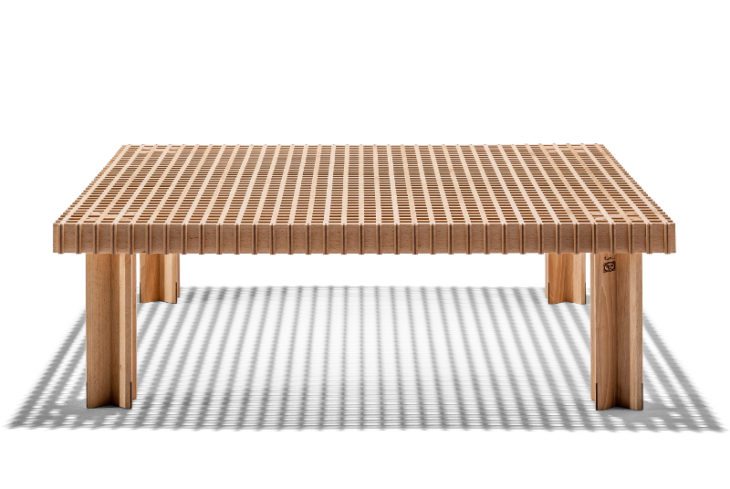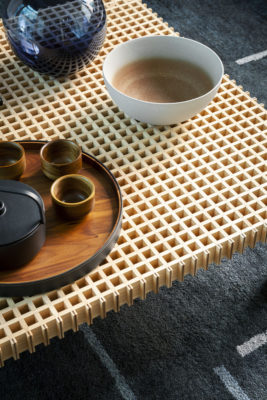Understated Perfection: The Story Behind the Kyoto Table

The perfect cross between design vision and master craftsmanship, the Kyoto table by Gianfranco Frattini has been reissued by Poltrona Frau and added to its 2020 collection.
 Simple Japanese elegance and the tactile richness of solid wood, underlined by the expert dovetail joints: the Kyoto table designed by Gianfranco Frattini in ‘74 is faithfully revisited and presented by Poltrona Frau on the occasion of the launch of the 2020 collection: Future Heritage.
Simple Japanese elegance and the tactile richness of solid wood, underlined by the expert dovetail joints: the Kyoto table designed by Gianfranco Frattini in ‘74 is faithfully revisited and presented by Poltrona Frau on the occasion of the launch of the 2020 collection: Future Heritage.
From the very start of his career, architect and designer Gianfranco Frattini displayed a great preference for wood, a material that features heavily in all of his projects. This passion, with close attention focused on details and joints, was translated into tangible objects also thanks to his collaborations with many artisans from Brianza, most notably expert carpenter Pierluigi Ghianda.
His close partnership with Pierluigi, which over the years transformed into a fraternal friendship, led to the creation of the Kyoto table, achieving with the technologies of the time a degree of precision that was once unthinkable without the help of CNC machines. Pierluigi and Gianfranco got to know each other in the early 70s during a trip to Japan to study the work of the local craftsmen. Visiting the workshops of Kyoto and inspired by the aesthetics of these places, Gianfranco Frattini came up with the idea for the joint that would form the basis of the table of the same name.


Kyoto immediately became synonymous with a concept of understatement which, as in the best Italian design tradition, perfectly combines a brilliant idea with impeccable execution. In the Kyoto table the construction concept becomes the object itself. The absence of decorative elements exalts the beauty of the raw material – the Canaletto walnut inserts have a precise strengthening function – requiring great technical ability and care as well as an in-depth knowledge of the material.
Revisited with complete respect for the original project, the Kyoto table reflects the skills and expertise of a new wave of artisans, heirs of the rich Italian wood crafting tradition, and stands alongside Albero and Turner as an example of high-end craftsmanship.
The Kyoto table is available in the square 102 cm version with height of 32 cm, or in the 102×49 cm version, also 32 cm high. The wooden boards are connected with 45° joints that form a square pattern. Slide-off counterpoise legs can be positioned as desired.

The Kyoto table forms part of the permanent collection of the Design Museum at the Milan Triennale.





